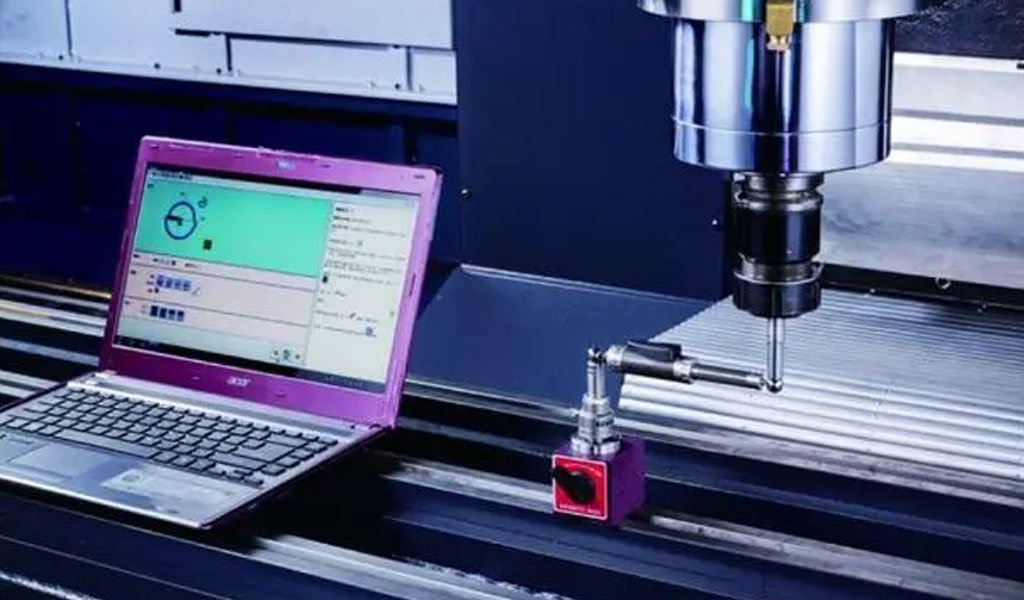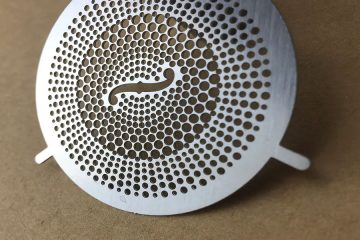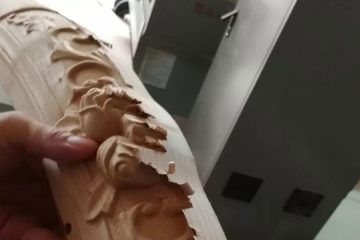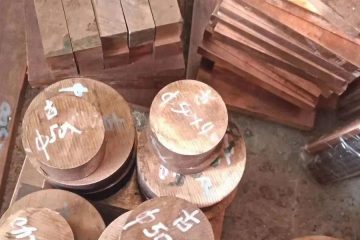Milling is one of the key technologies used in CNC precision machining, applied to medical, aerospace, mechanical parts. In general, the greater the range of workpiece positions that can be machined, the more complex geometries that can be produced. Today, let’s understand the advantages and processing methods of traditional three-axis.
3 axis CNC machining is the simplest and most common form. The cutting tool moves along the X, Y and Z axes to remove excess material from the workpiece. CNC machines cut into workpieces from side to side, front to back, and up and down. But the table that holds the workpiece cannot move freely, and although more advanced systems are available in the industry today, three-axis CNC machining is still widely used.

Next, let’s talk about the advantages of three-axis machining: low-cost 3+2 Axis CNC machining is the most suitable for rapid production of basic geometric shapes and simple parts; multi-functional, just change the tool, you can perform various drilling, milling and even turning. operate;
Of course, three-axis machining is hindered by a variety of factors that make it impossible to meet all machining needs. These factors include:
- 1. Due to design limitations, the three-axis can only process one surface at a time, which cannot match the complex shapes that can be obtained by four-axis and five-axis CNC machines.
- 2. Positioning limitation, since the workbench fixing the workpiece is static, the technician must change its direction many times to process other surfaces, and the surface finish is poor. The surface finish obtained with 3-axis machining is relatively poor, this happens because the tool is longer so it experiences more vibrations which can destroy the finish of the product
Advantages of three-axis machining center
The number of axes of CNC machine tools is three-axis, four-axis, and five-axis. We need to know that the more axes, the better. Three-axis machining centers perform basic functions that can be used for more intensive creations by experienced operators. When choosing the production equipment for the parts you want, 3-axis machining centers are the most suitable option for most applications, usually with the exception of complex parts used in taller and specialized industries.
The three axes that all CNC machines start with are the x, y, z axes. Using three cutting machines at the same time can reduce the time it takes to complete a project. By reducing the time requirement to create custom parts, 3-axis machining centers can reduce project costs compared to using multiple workstations to manufacture a single part.
There are several ways a 3-axis machining center can reduce time and increase efficiency. The setting allows the cutter to move only in the sections of cnc milling tianium ,aluminunm and more material to be cut, this design prevents the cutter from jumping over the material into the air which wastes time and reduces efficiency.
Three-axis machining centers work faster and more precisely, taking the design of an entire part into the computer and allowing it to work without additional input. As a result, one operator can produce multiple exact copies of the same part with just one computer interaction. Some more complex parts may require material changes to be cut along other axes, which adds to the usefulness of a three-axis CNC machine.
One advantage of 3-axis machining centers is their compact size compared to machining centers with more axes. Since they take up less space on the shop floor, 3-axis machining centers are more space efficient. In addition, these systems replace multiple other tools, further reducing the space taken up in the work area. The machine takes up less space, and the operator will have more room to move, which can improve work efficiency and comfort in the working environment.


